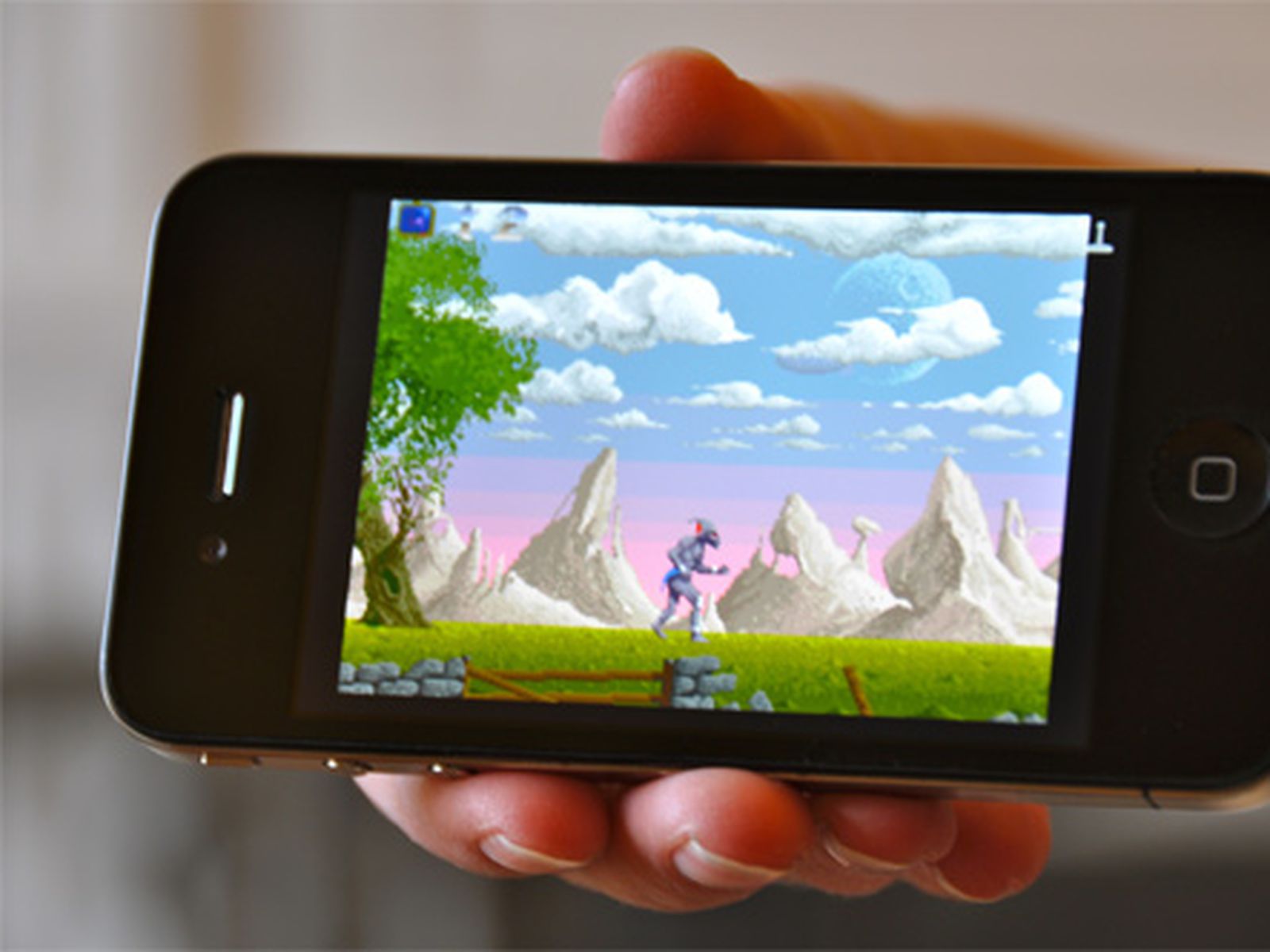


When released, the Amiga 1000 only shipped with 256kb of RAM and did not have a built-in ROM. Performance surpassed anything seen at the time, with PCs still being used as business machines. The system has custom chips which assisted greatly with it’s graphical and audio capabilities. It utilises the Motorola 68000 processor, a powerhouse at the time. Notably, Commodore purchased Amiga Corporation in 1984, essentially saving the company from a dire agreement they had with Atari. Released in 1985, the Amiga 1000 was designed by Jay Miner and his team at Amiga Corporation. Known at release as just ‘Amiga’, the Amiga 1000 is the first of the Amiga range of computers. 1985 – 1989 | The Decade That Changed Everything Amiga 1000 (1985) Through mismanagement of the products development, rather than following engineers desires to further innovate, any hopes of the Amiga moving with the times died along with Commodore in 1994. The Amiga ultimately failed to meet the challenge that the early and mid 90’s brought, in the form of 3D graphics that consoles and PCs of that era began to specialise in. The Amiga is highly regarded by users of the system, as well as often recalled in many nostalgic memories. Original ideas and support from the Retro Emulation Facebook group.Īmiberry logo created by Thomas Navarro Garcia.The Commodore Amiga is a range of personal and home computers released from 1985 to 1993. This project was originally inspired by Amibian, by Gunnar Kristjánsson. RetroPie feedback, support and guides can be found on the Amiga RetroPie WHDLoad group on Facebook. Please check the version history on Github. Please open a new issue here and describe your idea/suggestion.
AMIGA MAC EMULATOR CARD HOW TO
I have an idea on how to make this better.We’re sorry about that! To do our best and fix it, it would be great if you could report it in detail, including the steps to recreate it, by opening a new issue here.You can check the documentation on how to use this feature in the official Wiki page: New feature: Amiberry now also supports WHDLoad games directly, and can load them using our own custom boot loader.Just set up your configuration from within the emulator and start having fun. You can use ADF disks, HDF hard file images, normal directories/files as virtual Amiga Hard drives, etc.If you’ve bought Amiga Forever, you can also use those ROMs, but remember to also copy the “rom.key” file in the same directory, as those are encrypted. You’ll need to bring your own Kickstart ROMs, as they are protected under copyright.Remember to set the flags to execute on it, if necessary (e.g.

AMIGA MAC EMULATOR CARD ARCHIVE
AMIGA MAC EMULATOR CARD INSTALL
Note: If you’re running RetroPie, then Amiberry is already included! Just install it from the “RetroPie-Setup” menu.Īlready have a system you want to keep, but want the Amiberry goodness? No problem. This is needed for the initial installation at least, it’s optional after that. That can be either your board’s built-in Ethernet or a WiFi adapter. The faster the better, Amiga emulation is quite demanding.

Odroid XU4, ASUS Tinkerboard, Pine64 RockPro64 etc.). A Raspberry Pi or other supported ARM based device (e.g.If you like this project, you can help further development by donating any amount you can: ĭonations go towards getting new devices to port Amiberry to, covering some of the costs, keeping the motivation for the countless hours of work involved in the project, etc. It supports both 32-bit and 64-bit platforms. Additionally, you can of course install it on a standard Linux distro (e.g. You are welcome to join the project and help make Amiberry the best Amiga emulator for ARM devices! Visit the project page on Github for more.Īmiberry is already included in several popular distros (like RetroPie, DietPi, Amibian, The RetroArena, Batocera and others) and can be installed or upgraded from within their ecosystems. It’s an open-source project, build with the efforts of several people and based on previous work of others. Amiberry is an optimized Amiga emulator for ARM-based SoCs (such as the Raspberry Pi, Odroid XU4, ASUS Tinkerboard, etc.), that brings you the highest performance Amiga emulation. Be it a classic A500, A1200, CD32 or up to a high-end model equipped with a 68040 and a graphics card, we’ve got you covered.


 0 kommentar(er)
0 kommentar(er)
